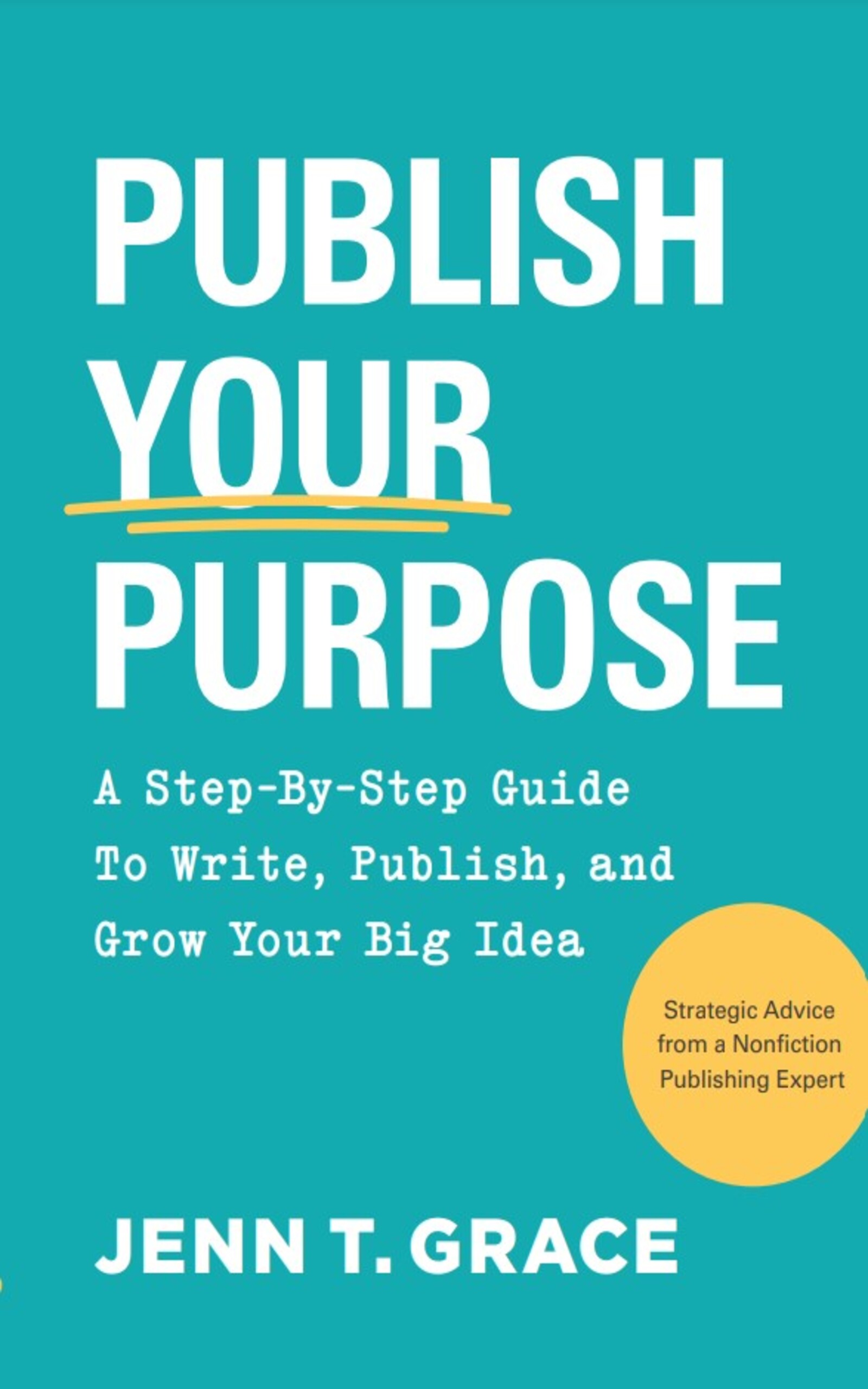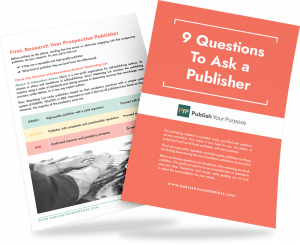Choosing the right publishing path for your book is crucial. This guide will clarify what a traditional publisher is, how it differs from a hybrid publisher, and outline the pros and cons of each option.
Prefer to watch a webinar instead? Check out our Pick Your Path to Publishing webinar for a comprehensive overview of your publishing options and expert insights to help you make the best decision for your book!
What is a Traditional Publisher?
Traditional publishing is the most recognized publishing method, where you pitch your book idea to a publishing house. If accepted, the publisher provides an advance, manages the logistics, and brings your book to market.
The Pros and Cons of Traditional Publishing
Pros:
- Guaranteed Bookstore Distribution
Traditional publishers often have established relationships with bookstores, increasing your book’s visibility and sales potential. - Credibility and Prestige
Being published by a renowned publisher lends credibility to your work, enhancing your reputation as an author. - Access to Mainstream Media
Established publishers have connections to media outlets, increasing the likelihood of your book receiving coverage. - No Financial Risk
Since you’re not paying for publishing costs, you won’t incur losses if your book doesn’t sell well.
Cons:
- Low Royalties
Traditional publishers typically offer royalties of only 10% to 15%. For a $15 book, you might earn just $1.50 to $2.25 per sale. - Repayment of Advances
Advances are paid back through royalties. If your book underperforms, you may not see any royalties after repaying the advance. - Selective Process
Traditional publishers usually require an agent, adding another layer of complexity and cost to the process. - Loss of Creative Control
Publishers make most decisions regarding your book, including content, design, and marketing strategy.
What is Hybrid Publishing?
Hybrid publishing combines elements of traditional and self-publishing. You pay for certain services while still receiving support from the publisher throughout the process.
The Pros and Cons of Hybrid Publishing
Pros:
- Higher Royalties
Hybrid publishers typically offer royalties ranging from 50% to 75%. At Publish Your Purpose, we pay our authors 85% of their royalties, providing a more lucrative option. - Creative Control
You retain full rights to your book and have a say in all aspects, including content and design. - Comprehensive Support
A good hybrid publisher offers coaching and resources throughout the publishing process, helping you navigate marketing and distribution. - Willingness to Take Risks
Hybrid publishers may be open to unconventional or “riskier” book ideas that traditional publishers often avoid.
Cons:
- Upfront Costs
Depending on the services you need, costs can range from $2,000 to $100,000. It’s essential to research what you’re getting for your investment. - Responsibility for Marketing
While hybrid publishers provide support, much of the marketing responsibility falls on you, requiring you to be proactive in promoting your book. - Vetting Process
Hybrid publishers also vet submissions, but they may be more flexible than traditional publishers in accepting unique ideas.
Make an Informed Decision
Choosing between traditional and hybrid publishing depends on your goals, budget, and desired level of involvement. Understanding the pros and cons of each method will help you make the best choice for your publishing journey.
Want to dive deeper into your publishing costs? Download Chapter 16: Your Publishing Costs from Publish Your Purpose: A Step-By-Step Guide To Write, Publish, and Grow Your Big Idea for a comprehensive look at budgeting for your book.
If you’re considering working with a hybrid publisher, contact us at Publish Your Purpose to explore our services and see how we can support your journey!





